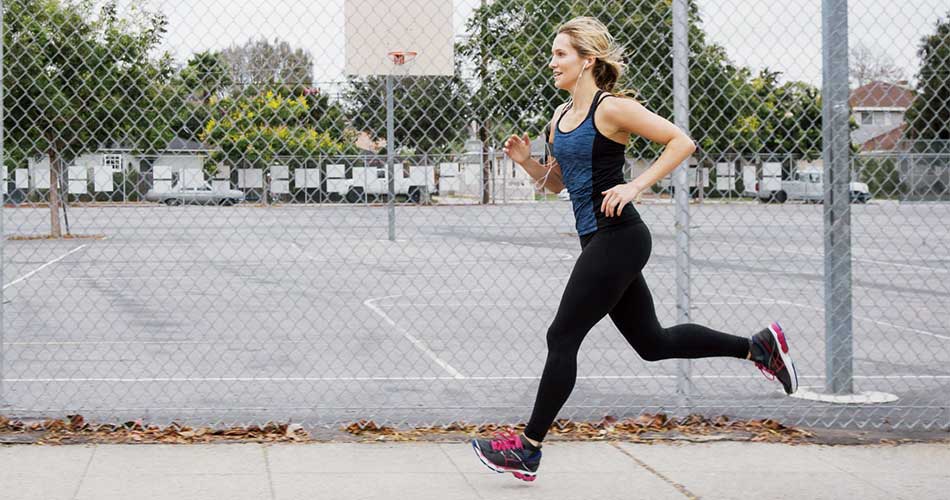Fit for Two: Exercise Guidelines During Pregnancy
- 13 Apr - 19 Apr, 2024

Finishing a marathon is an enormous accomplishment no matter what your time is. Running the entirety of a 26.2 miles is no easy feat. You don't have to be a professional runner to complete one, but you do need to have massive amounts of dedication and discipline. If you want to finish the race, you'll have to prepare effectively. We have compiled a marathon training plan for every kind of runner. Here’s how to run your first, fastest or strongest marathon.
Most marathon training plans range from 12 to 20 weeks. Beginning marathoners should aim to build their weekly mileage up to 50 miles over the four months leading up to race day. Three-to-five runs per week is sufficient. The vast majority of these runs should be done at a relaxed pace. You should run at an easy enough pace to be able to carry on a conversation. When building base mileage, never increase your weekly mileage by more than 10 per cent from week to week.
Your next step is to build up to a weekly long run. This should be done once every seven to 10 days, extending the long run by a mile or two each week. Every three weeks, scale it back by a few miles so as not to overtax your body and risk injury. For example, you might run 12 miles one weekend, 13 miles the next, then 14 miles, and then 12 again before moving on to 15 on the fifth weekend.
Doing these runs at a substantially slower pace than usual builds confidence, lets your body adjust to longer distances, and teaches you to burn fat for fuel.
Speed work is an optional element to incorporate into your training program. It can increase your aerobic capacity and make your easy runs feel… well, easy! Intervals and tempo runs are the most popular forms of speed work. Intervals are a set of repetitions of a specific, short distance, run at a substantially faster pace than usual, with recovery jogs in between. While tempo runs are longer than an interval – generally in the range of four to 10 miles, depending on where you are in your training – run at a challenging, but sustainable, pace.
This kind of workout teaches your body, as well as your brain, to sustain challenging work over a longer period of time. Always allow your body to warm up and cool down with a few easy miles at the beginning and end of any speed workout.
Rest days mean no running. They let your muscles recover from taxing workouts and help prevent mental burnout. The greatest enemy of any aspiring marathoners is injury, and the best protection against injury is rest.
If you are itching to do something active on your rest days, doing some cross-training is a great option. Cross-training can include walking, hiking, cycling, swimming, yoga, lifting weights, or any other active pursuit that isn't as high-impact as running.
Don't try anything new on race day – no new shoes, new shorts or a new shirt. Don't guzzle three cups of coffee if you usually have one. Your long training runs are when you should be fine-tuning your clothing, gear and fueling strategies.
• Hydrate well for several days leading up to your marathon. Drink a big glass of water before you go to bed the night before race day. Drink another one first thing in the morning.
• Eat a simple, high-carbohydrate breakfast several hours before the start of the race. Bagels, oatmeal, bars and fruit all work well.
• Get to the starting line 30–40 minutes before the official start time. The lines may be long.
• The temperature is apt to rise over the course of the race, so don't overdress. If you're really cold at the start, wear an oversize trash bag over your clothing to keep warm until the starting gun goes off.
• Start slowly. It's easy to get caught up in race-day adrenaline, but starting too fast is a big rookie mistake. There will be plenty of miles over which to pick up your pace if you're feeling great.
• Don't blaze by every aid station or try to drink from a cup while running full blast. Either practice drinking while running before race day or just pull over for a few seconds to drink.
• Bathroom lines are longest at the first few aid stations. If you can wait another couple miles without discomfort, it may save you time.
COMMENTS